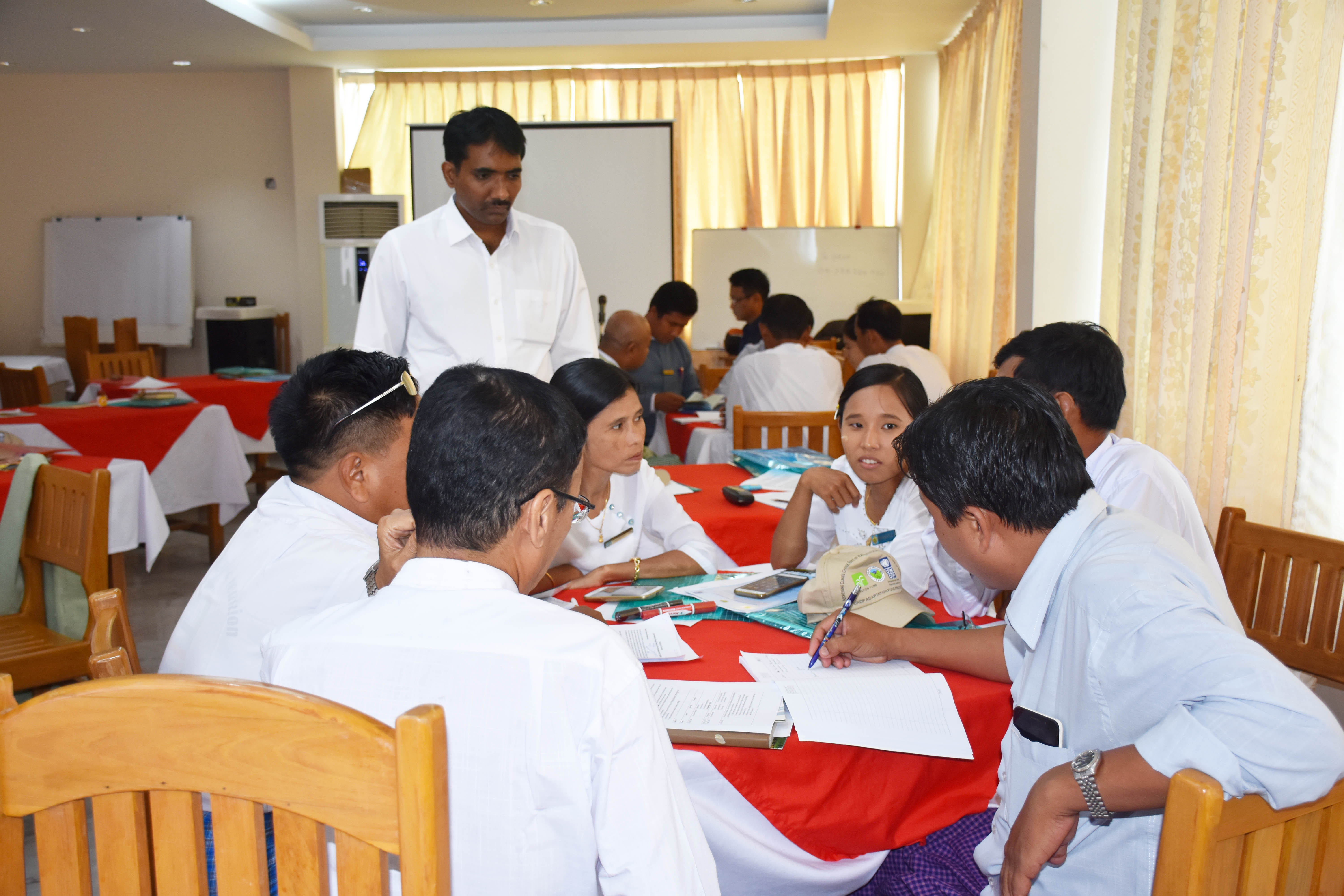Hari Krishnaa grew up in the old city of Hyderabad, India. Since he was a child, Hari has witnessed a number of traditional seasonal rituals and festivals that are deeply intertwined with nature, especially, plants, big trees and water. These experiences have made Hari feel bonded with the nature. “I used to help my mother to nurture a wide variety of fruit and flowering plants,” Hari told us.
Unfortunately this didn’t last for long. In the early 1990’s, the Government of Hyderabad cleared about 1,000 acres of forestland to make more land available for commercial use and housing. “At that time the media and the ill-informed public hailed this as a progressive act of ‘development’, whereas they would later suffer terrible consequences from this action.” Hari explained how this event made him determined to work all his life for the forests, the trees and the ecosystems, and to recreate the greenery he’d lost, not only for himself but also for his wider family and the community.

“I had initially worked as a journalist, but was not satisfied with it. I then underwent a few training courses and entered into the world of environment and development.” Hari has now worked in this field for over 15 years. He has helped various organizations such as the United Nations Development Programme (UNDP), Oxfam, the International Center for Integrated Mountain Development (ICIMOD) and many others to both plan and implement climate and disaster resilience programs in South Asia, Southeast Asia and Africa.
All these years, Hari's work focused extensively on environment protection, water conservation, urban resilience, sustainable natural resource management, an ecosystem approach to climate and disaster risk reduction, and promotion of risk-sensitive land use management policies and practices. Hari was the first to conceptualize and implement disaster insurance for poor and marginal communities in the coastal belt and cities in South India. He worked with several insurance companies to customize insurance products for poor and worked with the local government to subsidize the cost. He also assisted the communities to develop the habit of saving to meet a part of the insurance cost. “By doing this, they can self-fund themselves and quickly restore their resilience with dignity after they face losses from recurring disasters.”
He realised the importance of capturing and transfering knowledge from grassroots communities to development practitioners and vice versa. “I have used my learning and insights gained from working with communities to facilitate regional cooperation in order to bring communities into the focus of regional cooperation for climate and disaster resilience in the Hindu Kush and Himalaya region. Also, I have made effective use of multiple channels and media to influence policy and public perceptions regarding the issues of environment, disasters, and climate change". Hari also captured and shared some of his knowledge and experiences in a book he co-edited entitled Mountain Hazards and Disaster Risk Reduction. Furthermore, Hari said that as he has learnt a lot from his work in South and South East Asia, and he has worked to transfer knowledge on urban resilience, urban disaster preparedness and planning to African countries such as Malawi and Somalia.
Speaking further on the Importance of media and communication for development, Hari said “The power of communication of development work and concerns to the public can never be underestimated. My experience has shown that communication outputs can be effectively used for mobilizing stakeholders and influence the policy.” Hari highlighted the importance of communicating resilience and stressed that currently there is no systematic method of assessing and evaluating the impact of communication on the public.
Back in 2006, he was involved in humanitarian response to the tsunami in the Indian Ocean in Chennai city, Colombo city and coastal parts of South India and Sri Lanka. He produced two videos to show how communities who live along the coastal parts had to move into temporary shelters when the disaster occurred. These videos have influenced the local government to shift the communities to a safer and better location and fast track the construction of permanent houses for them. “I learned that it is not enough to produce an effective communication product. Its success and utility lies in frequency to use and promote the content, mobilize stakeholders and ensure wider outreach.”
When asked about the biggest challenge while working to build resilience, Hari said that it is the current aid framework. “The aid moves from one theme to another and one priority region to another priority region, before fulfilling the expectations raised in the communities.” He also added that most of time the recruitment system of aid agencies preferred graduates from major universities instead of those with grassroots experience. “This creates a model of high cost human resources on the top with limited knowledge and experience while exploitative wages on the ground for real grassroots workers,” he further explained.
So how can we tackle this? Hari answered that localization of aid, by creating a systematic network of local donors, creating confidence in them, and ensuring low cost implementation of development projects, would be able to meet the challenge. The city and state governance systems must also not forget that the vulnerable and marginalized groups are at the front line of disaster risks. “I’d particularly emphasize on the role of women. Women mustn’t be seen as born vulnerable. Their wisdom, commitment, and understanding of the nature and society should be seen as pillar for building inclusive resilience by promoting them in leadership positions at every stage,” he concluded. "These measures are also vital to achieving many of the Sustainable Development Goals related to reducing inequalities, peace, and justice, partnerships, and so on".




